Record drought, people miserable due to lack of water
According to the assessment released on September 10 by the National Disaster Monitoring Center of Brazil (CEMADEN), since 1950 when Brazil began collecting statistics on natural disasters annually, this year is the worst drought and the number of forest fires is also at a record level. In previous droughts, only isolated regions suffered from drought cycles, but this time the extreme weather phenomenon spread nationwide, from the north to the southeast of the country.
Earlier, in early June 2024, Brazilian Environment Minister Marina Silva warned that the country would suffer a severe drought in the coming months, saying that this year's extreme weather events in the country were due to the influence of El Nino. Ms. Silva also called on authorities and people to be vigilant against the possibility of large-scale forest fires in the region during the dry weather.
The warnings of the Brazilian Minister of the Environment were not in vain, for many months, this South American country has been in a state of drought. The lives of Brazilian people have been seriously affected. For example, in the state of Amazonas, the largest state in Brazil, more than 500,000 people have been seriously affected by drought. Low water levels due to drought on rivers have made it extremely difficult to transport necessities and fuel to people, especially in areas where waterways are the main means of transportation.
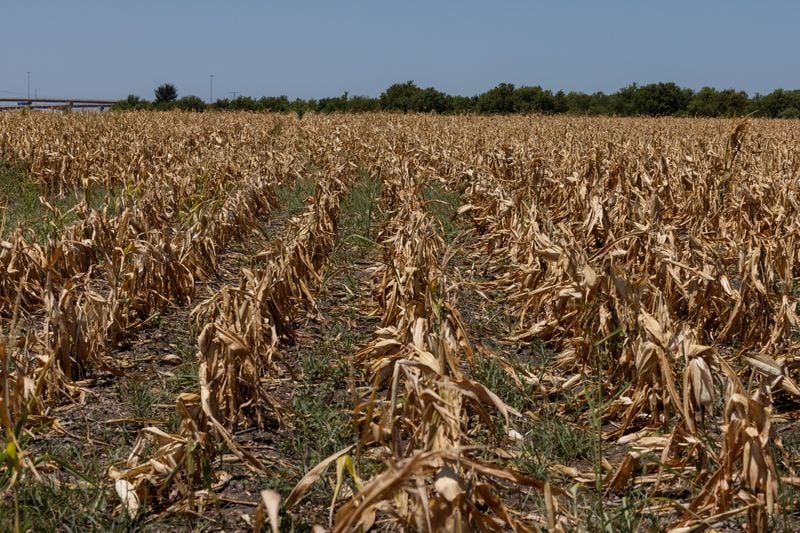
Drought has had a major impact on Brazil's agricultural production.
On September 8, the Brazilian Geological Survey (SGB) said that a two-year drought has caused water levels in rivers flowing through the vast Amazon rainforest to reach record lows. In many places, water levels are now nearly 1 meter lower than last year. Experts warn that this situation seriously threatens the ecosystem and the lives of millions of people living in the region. In many places, local authorities have been forced to declare a state of environmental emergency and call on non-governmental organizations to provide drinking water. Experts warn that if there is no rain in the coming weeks, the situation will get worse.
Considered an agricultural powerhouse, however, with this drought, the production of coffee, sugar cane, soybeans... the country's main products, is seriously threatened. For example, due to the prolonged drought, arabica - the popular coffee, has not been able to develop. Analyst Fernando Maximiliano of the StoneX brokerage company said that if the flowering process of coffee trees is ineffective, production will be damaged even if the weather is favorable later. Or for example, about 2,700 fires occurred in Sao Paulo, Brazil's largest sugar cane growing state, causing 59,000 hectares of agricultural land to be burned down.
From drought to forest fires is a short distance. According to statistics from Brazil's National Institute of Environmental Research (INPE), forest fires in the Amazon increased by 120% in August compared to the same period last year and increased by 234% compared to July. The largest tropical forest on the planet recorded 38,270 fires in August, the highest number in a single month since 2010, and were mainly concentrated in the states of Para, Amazonas and Mato Grosso. Since the beginning of the year, forest fires in the Amazon have reached more than 63,200, double the number last year and a record number in the past 14 years. Experts say that this year alone, fires have burned more than 300,000 square kilometers of forest. Not only causing great damage to forest area, forest fires also cause terrible environmental disasters. Smoke from the fires has significantly affected air quality in Brazil and has spread to neighboring countries such as Uruguay and Argentina. Swiss-based air quality monitoring company IQAir said that fine particulate matter (PM 2.5) levels in Sao Paulo reached 69 micrograms per cubic meter, 14 times the limit recommended by the World Health Organization (WHO). In the coastal city of Rio de Janeiro, PM 2.5 levels were also very high at 26 micrograms per cubic meter, five times the WHO's recommended level.
The situation is even more worrying as Brazil is forecast to not see any major rains until October.
$2.6 billion to repair severe flood damage
Reeling in disaster is the most accurate phrase to describe the sentiment of Brazil in 2024. Just a short time ago, months of continuous heavy rains had submerged the country. As of May 24, heavy rains continued to return to Brazil. Floods in the Brazilian state of Rio Grande do Sul have destroyed nearly everything essential to economic activity, from local stores to factories and farms, disrupting all transportation, closing major highways due to landslides, destroying roads and bridges, and causing widespread power outages.
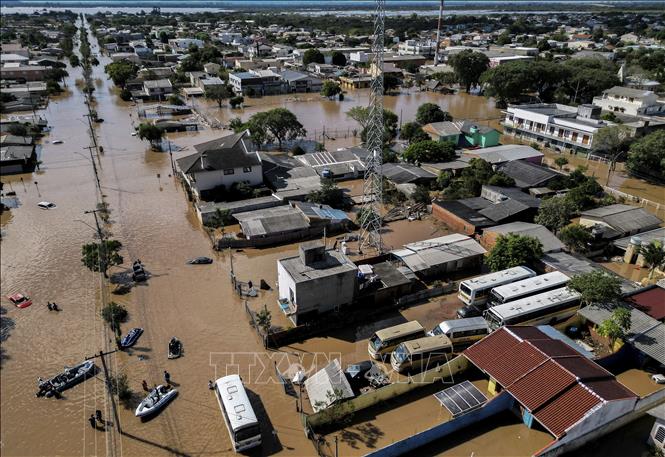
Flooding in Rio Grande do Sul state, Brazil on May 9, 2024. Photo: THX/TTXVN
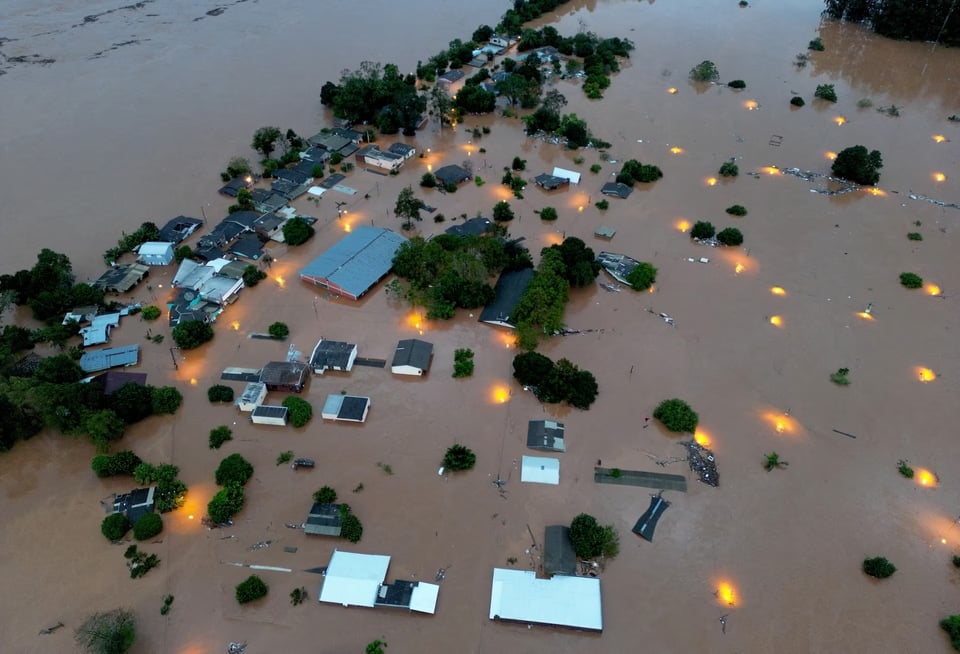
Houses are submerged in water next to the Taquari River after heavy rains in the city of Encantado, Rio Grande do Sul state, Brazil.
A few days earlier, preliminary, incomplete statistics showed that heavy rains devastated the Brazilian state of Rio Grande do Sul, causing historic flooding and affecting the lives of about 2.3 million people, killing at least 169 people and displacing more than 580,000. Tens of thousands of students in southern Brazil have been unable to attend school for months as catastrophic flooding submerged many schools while others were used as shelters.
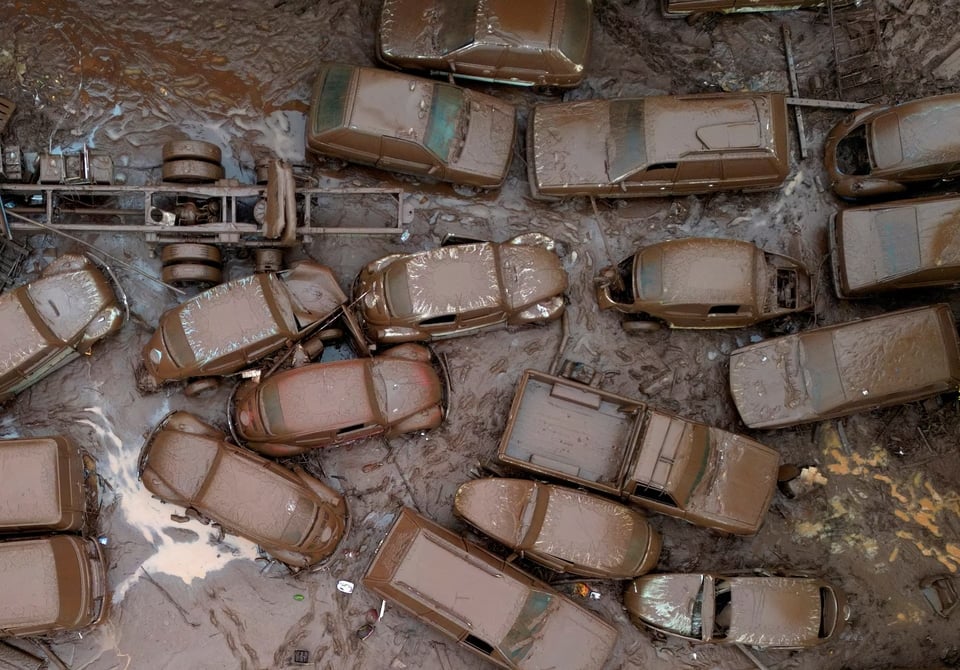
Vehicles are stranded in an area affected by floods, in Encantado, Rio Grande do Sul state, Brazil.
Speaking at a press conference on May 29, President of the Farmers’ Federation of Rio Grande do Sul (Farsul) Gedeao Pereira said that the damage had never been as severe as that at that time. On average, nine out of 10 factories in the state were affected; many bridges collapsed, and roads were severely damaged, making it extremely difficult to transport goods. In addition to destroying important infrastructure, heavy rains and floods also submerged grain fields, killed thousands of cattle, disrupted soybean harvests, and halted operations at many meat plants.
Earlier, on May 12, the Brazilian government announced an emergency aid package worth 12.1 billion reais (2.34 billion USD) to respond to the flood crisis in the state of Rio Grande do Sul. The Brazilian government will provide about 1,000 USD in cash to each family affected by the floods, and at the same time buy houses from private companies to help people stabilize their lives.
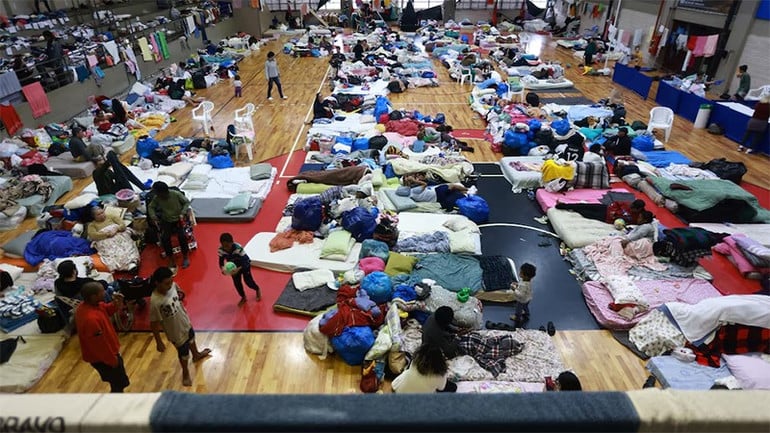
Flood victims take shelter at a gym in Porto Alegre, Rio Grande do Sul state, Brazil, May 10, 2024. Photo: Reuters
Climate experts say the devastating floods in Brazil, specifically the heavy rainfall in Rio Grande do Sul, are due to heat waves from the El Nino phenomenon, and the unusual warmth of the Atlantic Ocean that increases humidity. Researcher at the Brazilian National Meteorological Institute Marcelo Schneider said that global warming exacerbates these phenomena and makes weather more unpredictable. In addition, experts say the devastating floods in southern Brazil are exacerbated by deforestation for farming (Statistics show that Rio Grande do Sul has lost 22% of its primary forest area, equivalent to 3.6 million hectares, between 1985 and 2022). Mother Nature's fury is an obvious consequence of climate change and rampant deforestation, of humans living and acting in defiance of all the laws of nature.
Ha Anh
Source: https://www.congluan.vn/tu-dai-hong-thuy-den-han-han-nghiem-trong-nhat-trong-lich-su-post311965.html



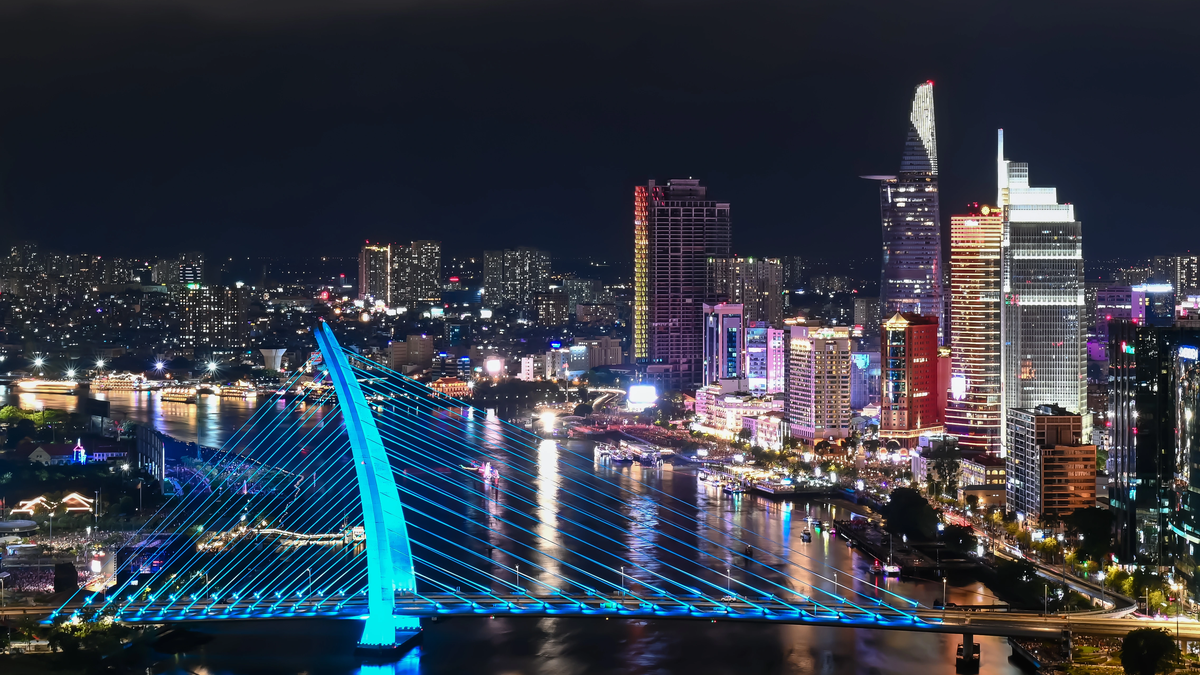


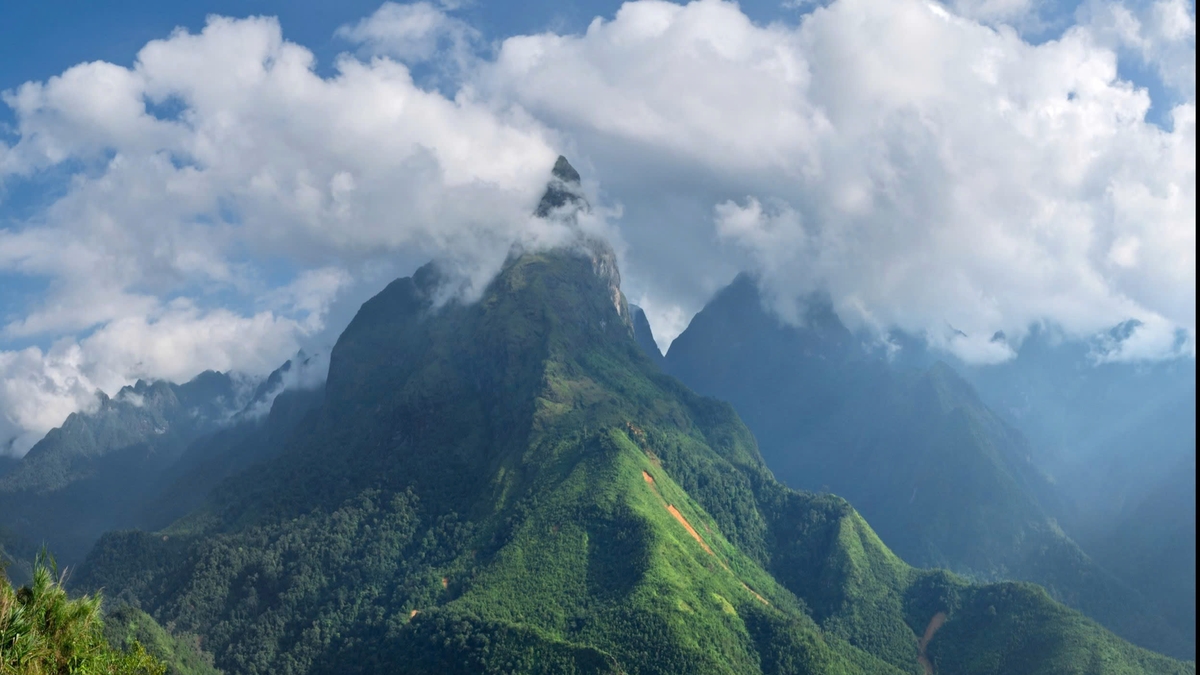
![[Photo] Vietnam shines at Paris International Fair 2025 with cultural and culinary colors](https://vphoto.vietnam.vn/thumb/1200x675/vietnam/resource/IMAGE/2025/5/4/74b16c2a197a42eb97597414009d4eb8)


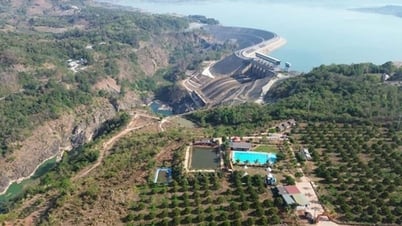
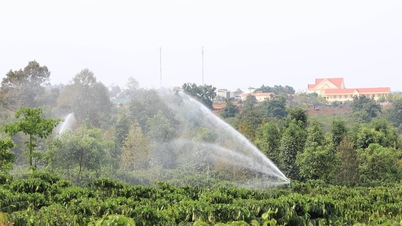




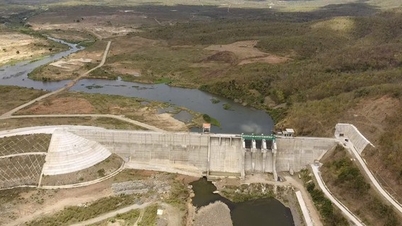

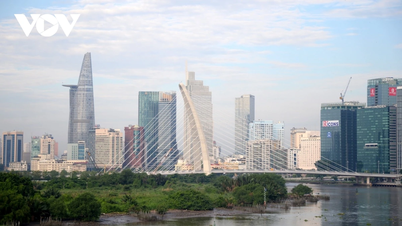



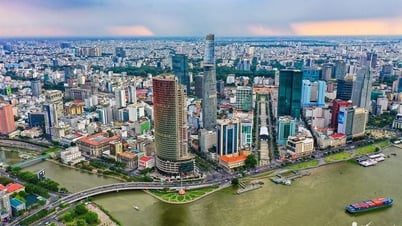











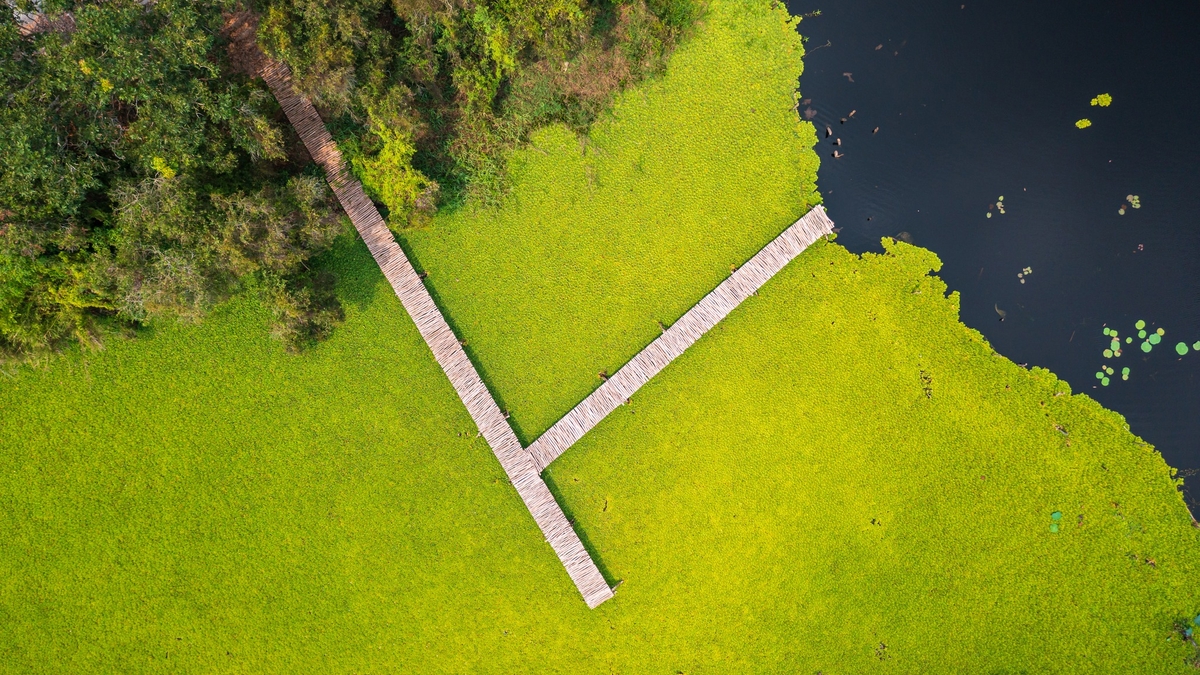





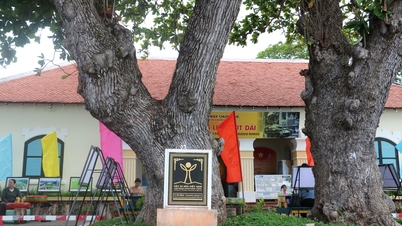
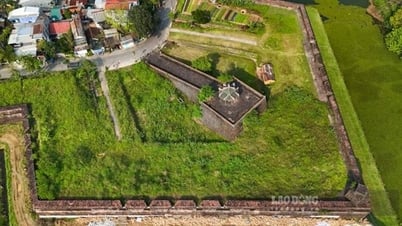





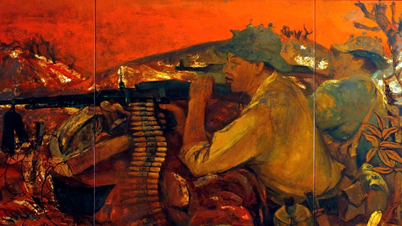














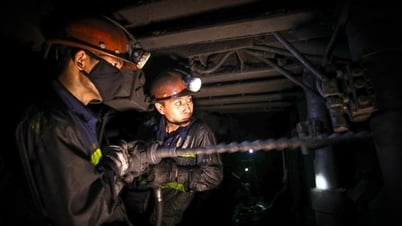



































![[Video]. Building OCOP products based on local strengths](https://vphoto.vietnam.vn/thumb/402x226/vietnam/resource/IMAGE/2025/5/3/61677e8b3a364110b271e7b15ed91b3f)




Comment (0)